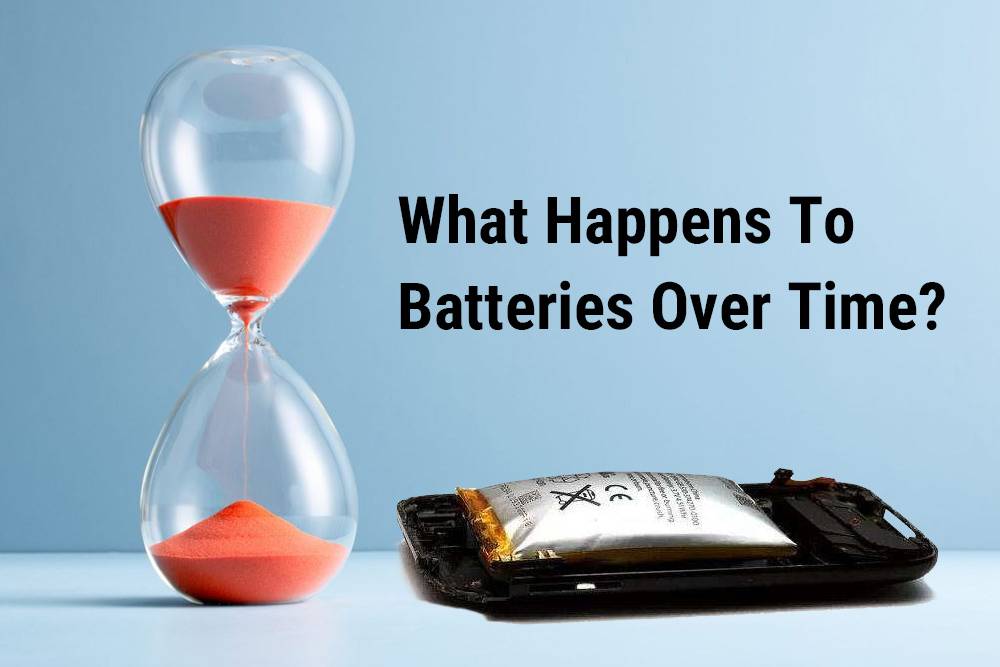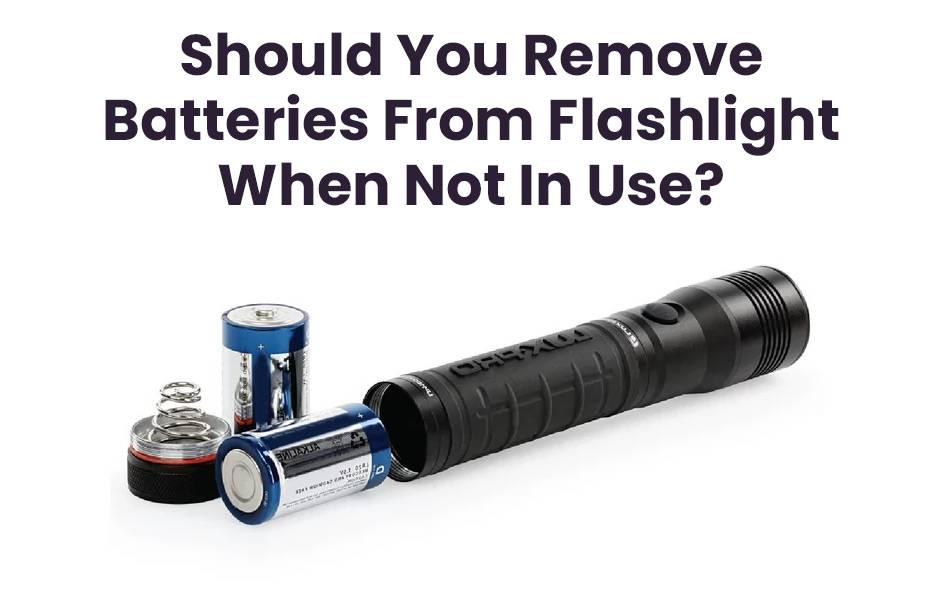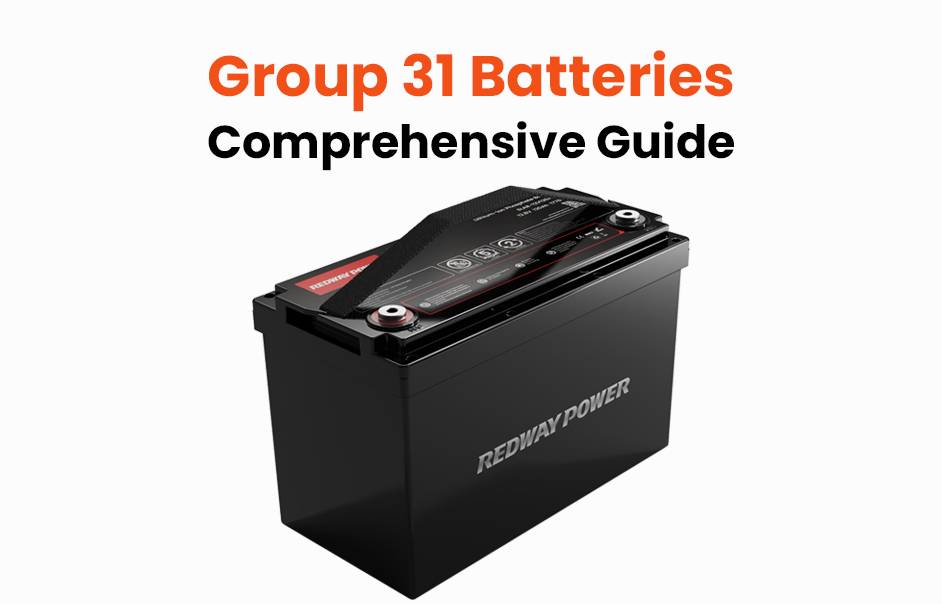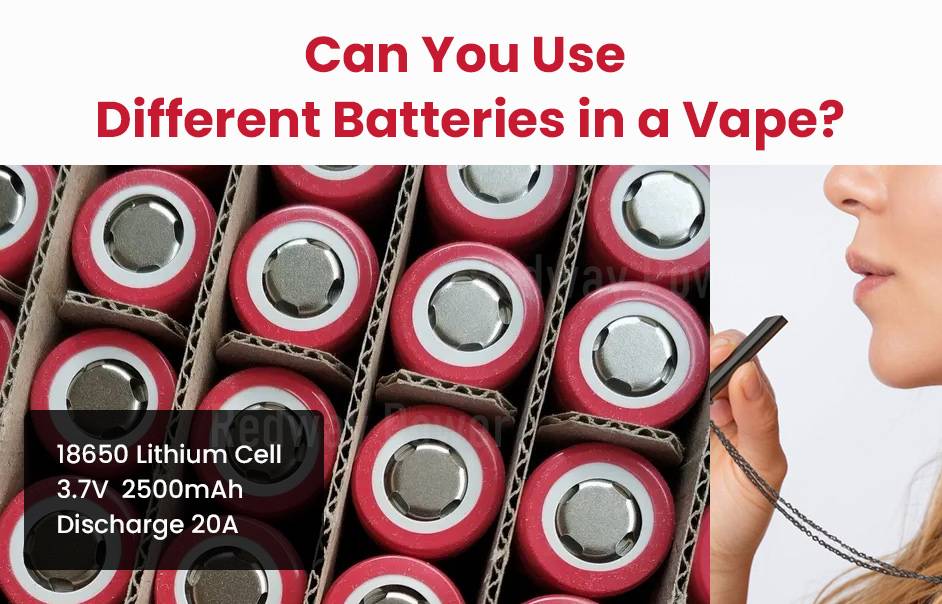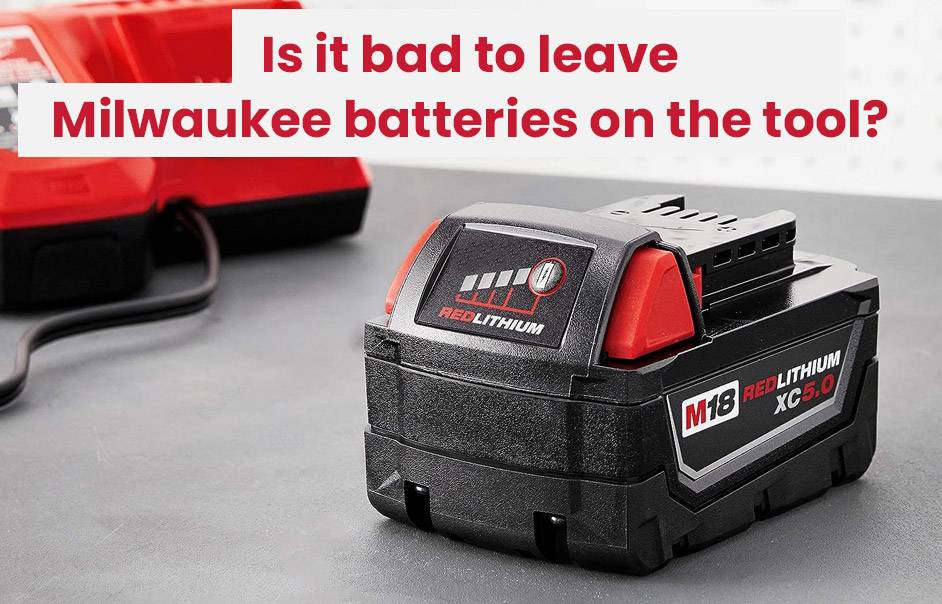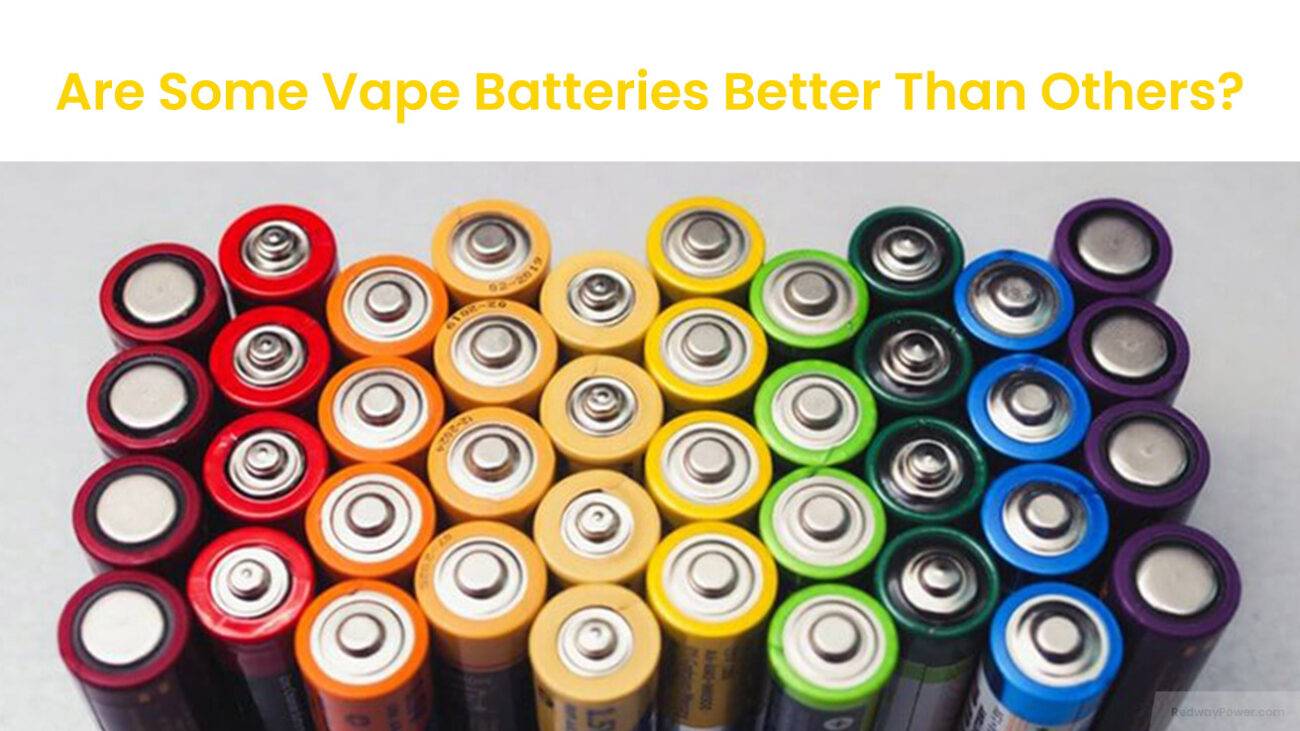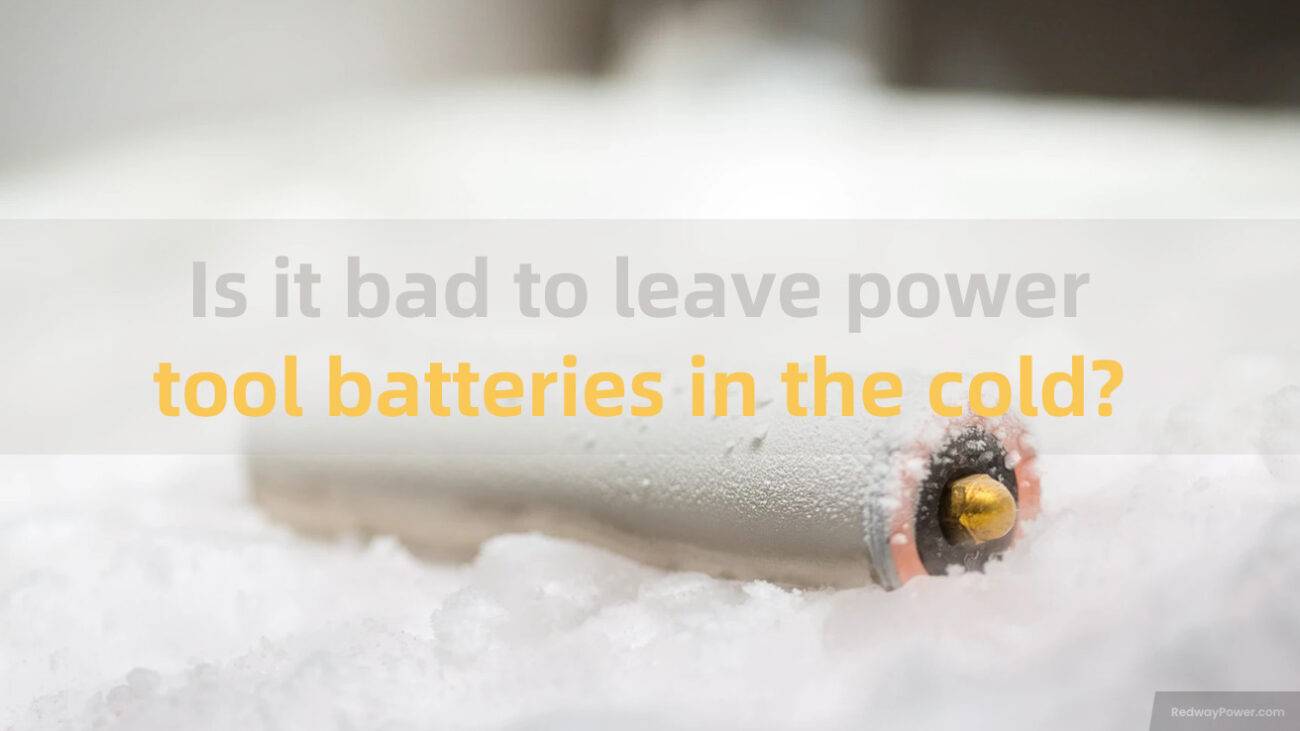- Forklift Lithium Battery
-
48V
- 48V 210Ah
- 48V 300Ah
- 48V 420Ah (949 x 349 x 569 mm)
- 48V 420Ah (950 x 421 x 450 mm)
- 48V 456Ah
- 48V 460Ah (830 x 630 x 590 mm)
- 48V 460Ah (950 x 421 x 450 mm)
- 48V 460Ah (800 x 630 x 600 mm)
- 48V 460Ah (820 x 660 x 470 mm)
- 48V 500Ah
- 48V 560Ah (810 x 630 x 600 mm)
- 48V 560Ah (950 x 592 x 450 mm)
- 48V 600Ah
- 48V 630Ah
-
48V
- Lithium Golf Cart Battery
- 12V Lithium Battery
12V 150Ah Lithium RV Battery
Bluetooth App | BCI Group 31
LiFePO4 Lithium
Discharge Temperature -20°C ~ 65°C
Fast Charger 14.6V 50A
Solar MPPT Charging - 24V Lithium Battery
- 36V Lithium Battery
- 48V Lithium Battery
-
48V LiFePO4 Battery
- 48V 50Ah
- 48V 50Ah (for Golf Carts)
- 48V 60Ah (8D)
- 48V 100Ah (8D)
- 48V 100Ah
- 48V 100Ah (Discharge 100A for Golf Carts)
- 48V 100Ah (Discharge 150A for Golf Carts)
- 48V 100Ah (Discharge 200A for Golf Carts)
- 48V 150Ah (for Golf Carts)
- 48V 160Ah (Discharge 100A for Golf Carts)
- 48V 160Ah (Discharge 160A for Golf Carts)
-
48V LiFePO4 Battery
- 60V Lithium Battery
-
60V LiFePO4 Battery
- 60V 20Ah
- 60V 30Ah
- 60V 50Ah
- 60V 50Ah (Small Size / Side Terminal)
- 60V 100Ah (for Electric Motocycle, Electric Scooter, LSV, AGV)
- 60V 100Ah (for Forklift, AGV, Electric Scooter, Sweeper)
- 60V 150Ah (E-Motocycle / E-Scooter / E-Tricycle / Tour LSV)
- 60V 200Ah (for Forklift, AGV, Electric Scooter, Sweeper)
-
60V LiFePO4 Battery
- 72V~96V Lithium Battery
- Rack-mounted Lithium Battery
- E-Bike Battery
- All-in-One Home-ESS
- Wall-mount Battery ESS
-
Home-ESS Lithium Battery PowerWall
- 24V 100Ah 2.4kWh PW24100-S PowerWall
- 48V 50Ah 2.4kWh PW4850-S PowerWall
- 48V 50Ah 2.56kWh PW5150-S PowerWall
- 48V 100Ah 5.12kWh PW51100-F PowerWall (IP65)
- 48V 100Ah 5.12kWh PW51100-S PowerWall
- 48V 100Ah 5.12kWh PW51100-H PowerWall
- 48V 200Ah 10kWh PW51200-H PowerWall
- 48V 300Ah 15kWh PW51300-H PowerWall
PowerWall 51.2V 100Ah LiFePO4 Lithium Battery
Highly popular in Asia and Eastern Europe.
CE Certification | Home-ESS -
Home-ESS Lithium Battery PowerWall
- Portable Power Stations
How Do Carbon Zinc Batteries Work and What Are Their Applications?
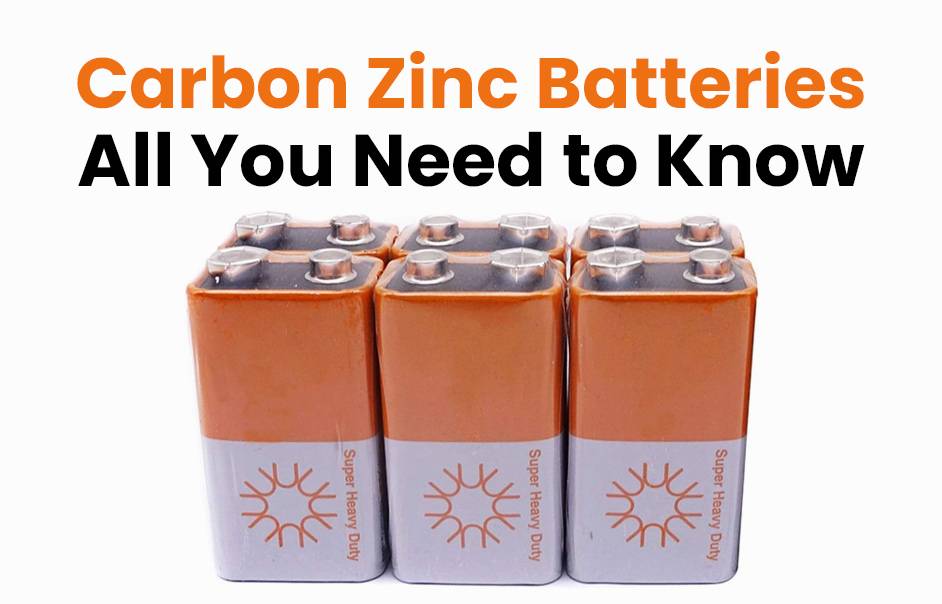
Carbon zinc batteries, also known as carbon-zinc or Leclanché cells, are primary batteries that generate electricity through an electrochemical reaction between zinc and manganese dioxide. They are cost-effective and ideal for low-drain devices, making them a popular choice for everyday applications.
How do carbon zinc batteries work?
Carbon zinc batteries operate based on a simple electrochemical reaction. The battery consists of a zinc anode, a carbon rod cathode, and an ammonium chloride electrolyte. When the battery is connected to a circuit, electrons flow from the anode to the cathode, generating electric current. This process continues until the reactants are depleted.Chart: Carbon Zinc Battery Components
| Component | Description |
|---|---|
| Anode | Zinc (Zn) |
| Cathode | Carbon rod with manganese dioxide (MnO2) |
| Electrolyte | Ammonium chloride (NH4Cl) |
What are the key features of carbon zinc batteries?
Carbon zinc batteries have several distinctive features:
- Voltage: They provide a nominal voltage of 1.5 volts per cell.
- Shelf Life: Typically last between 3 to 5 years when stored properly.
- Capacity: Generally lower capacity than alkaline batteries, ranging from 400 to 1,000 mAh.
- Cost: Known for their affordability, making them suitable for bulk purchases.
Chart: Key Features Comparison
| Feature | Carbon Zinc Batteries | Alkaline Batteries |
|---|---|---|
| Voltage | 1.5V | 1.5V |
| Shelf Life | 3-5 years | 5-10 years |
| Capacity | 400-1,000 mAh | 1,000-3,000 mAh |
| Cost | Low | Moderate |
Which applications benefit from carbon zinc batteries?
Carbon zinc batteries excel in low-drain applications due to their stable output and cost-effectiveness. Common uses include:
- Remote controls
- Wall clocks
- Flashlights
- Toys
- Smoke detectors
These devices require consistent power over extended periods without frequent replacements.
Why choose carbon zinc batteries over other types?
Choosing carbon zinc batteries can be advantageous for several reasons:
- Affordability: They are among the least expensive primary battery options available.
- Reliability: Their low self-discharge rate ensures they remain functional over time.
- Simplicity: Ideal for devices that do not require high energy density or long-term power supply.
While they may not match the performance of lithium or alkaline batteries in high-drain applications, they offer significant savings for everyday use.
Are there alternatives to carbon zinc batteries?
For users seeking alternatives to carbon zinc batteries, lithium-ion technology presents a viable option. Lithium-ion batteries provide higher energy density and longer life spans but come at a higher cost.Redway Power offers excellent solutions for those looking to replace carbon zinc models with lithium-ion alternatives, ensuring compatibility with various devices while enhancing performance.
How can battery wholesale buyers benefit from Redway Power?
Tips for Battery Wholesale Buyers
Battery wholesale buyers should consider several key points when sourcing products:
- Quality Assurance: Ensure manufacturers like Redway Power, with over 13 years of experience in lithium battery production, provide high-quality products.
- OEM Orders: Establish clear communication regarding specifications and requirements when placing OEM orders.
- Cost Efficiency: Compare prices across suppliers while considering quality to ensure value for money.
By choosing a reliable manufacturer like Redway Power, buyers can secure dependable lithium battery solutions that serve as excellent alternatives to lead-acid technologies.
What insights do experts provide about carbon zinc batteries?
Redway Power Expert Views
“Carbon zinc batteries remain a staple in low-drain applications due to their affordability and reliability. However, as technology advances, we see an increasing shift towards lithium-ion solutions that offer better performance and longevity,” states an expert from Redway Power.This insight highlights the importance of adapting to evolving technology while recognizing the enduring value of traditional battery types in specific applications.
FAQ Section
- What is a carbon zinc battery used for?
Carbon zinc batteries are primarily used in low-drain devices such as remote controls, wall clocks, flashlights, and smoke detectors due to their stable power output and affordability. - How long do carbon zinc batteries last?
Typically, carbon zinc batteries have a shelf life of 3 to 5 years when stored under optimal conditions. - Can I replace carbon zinc batteries with lithium-ion ones?
Yes, lithium-ion batteries can serve as effective replacements for carbon zinc models in compatible devices, offering higher energy density and longer life spans. - Why are carbon zinc batteries cheaper than other types?
Carbon zinc batteries are less expensive due to their simpler chemistry and manufacturing processes compared to more advanced technologies like alkaline or lithium-ion systems.
















